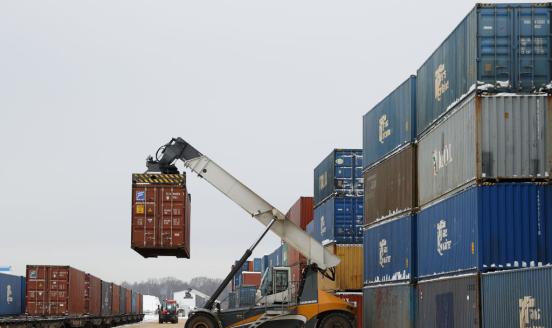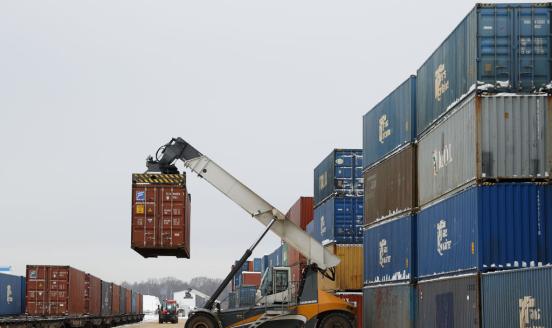Europe needs new investment, not new rules
This opinion has been published by Kathimerini, Il Sole 24 Ore, and Rzeczpospolita.
As the European Council meets in Brussels this week, the big debate on what a new policy deal for Europe could look like has re-emerged. Opponents group themselves around the famous “stability” vs “growth” camps, with the former arguing for the merits of fiscal discipline while the latter argues fiscal flexibility to finance reforms is more prudent. The “growth” camp points to the harsh reality that once the fiscal compact kicks in, it requires substantial savings by the government, while the “stability” camp emphasizes that this is exactly what is needed to render high debt levels and unfavourable debt dynamics more sustainable.
In my view, the EU must avoid another useless fight over its fiscal rules and instead use political capital to foster growth. A deal could be designed along 3 central elements.
The first element starts with the recognition that debt levels in several countries are already very high. The fiscal space to engage in a new stimulus as a growth instrument in those countries is simply not there and one must avoid risking a new financial crisis.
In particular, in countries where the size of the state is already very large and the efficiency of the government sector is questionable, a new fiscal stimulus should be avoided. The most convincing national growth proposition in such circumstances is a serious reform of the state and an adjustment of fiscal expenditure away from rents to much more needed growth enhancing public goods. The current fiscal rules already allow a slow-down in fiscal consolidation in exchange for serious structural reforms.
The second element of a deal would be recognizing that it is very difficult to maintain debt sustainable and primary surpluses high when euro area inflation rates are very low and real economic growth is as anaemic as it is currently. Arguably, the euro area needs a different macroeconomic policy stance.
Yet, countries with high debt levels cannot provide a stimulus. The logical consequence is that countries that do have fiscal space, such as Germany, the Netherlands, Denmark, Sweden, Poland and Finland should start a public investment spending stimulus financed with deficits. Investment areas include the improvement of infrastructures such as roads and railways as well as increased spending in education and R&D.
This would be good for several of the countries and especially for Germany, which in any case is investing far too little, but it would also have positive spill-over effects on the euro area. This boost needs to be combined with an aggressive monetary policy stance.
The third element is recognizing that Europe underinvests in European public goods. An investment boost in trans-European infrastructure would not only be beneficial for Europe’s single market, it would also constitute an important stimulus to economic growth.
Which projects would be worthwhile undertaking and how could they be financed? The European energy network comes first to mind. In fact, with Ukraine’s gas supply crisis, the question of an adequate EU response to a potential gas shortage has become urgent. Building a better European energy network that could address energy shortfalls due to such external shocks is critical.
Yet, much of the energy network as it stands currently is in private hands. A public intervention should prevent to crowd-out private investments or render private investments non-profitable and it therefore must focus on those parts of the network, which the private sector does not deliver.
A further important area to invest public resources in is energy savings. Subsidizing and supporting investment in this area would not only make sense to meet Europe’s climate goals, it also can represent meaningful amounts of resources to have a macroeconomic impact on demand.
Similarly, in the telecoms area, building a better European network makes sense, yet the public hand should not crowd out private spending. Therefore, support for broadband build-up and others networks must be focussed on areas, where the private sector would not typically invest, such as rural areas. In addition, more resources for a European mobility scheme for young workers would be useful.
Funding for this investment boost should come from European funding mechanisms. The European Investment Bank as well as project bonds could be used much more aggressively to allow for additional European investments of at least €70 billion in 2015.
Instead of wasting political capital on yet another reform of the Stability and Growth Pact, it is time for Europe to design a new deal on investment. Europe sorely needs this growth to meet its fiscal targets.



